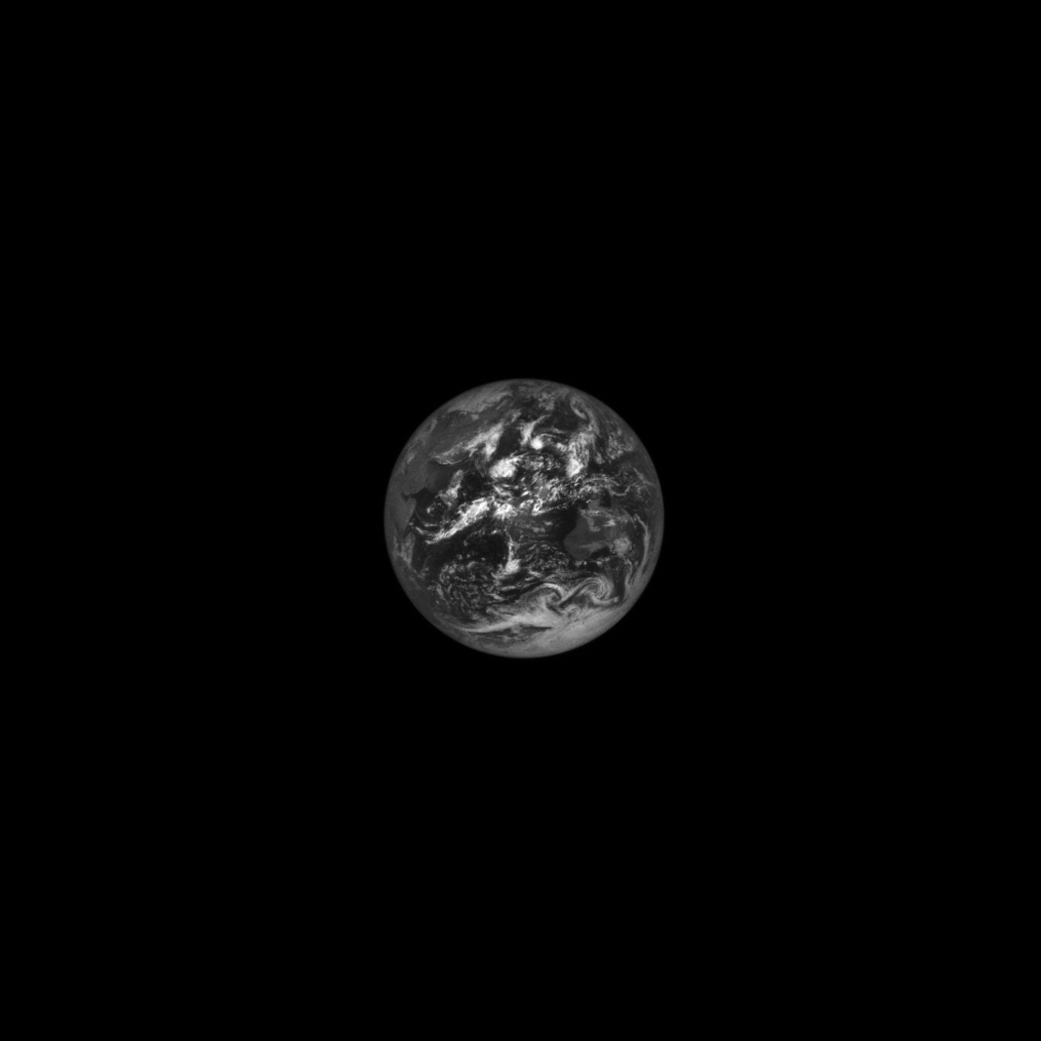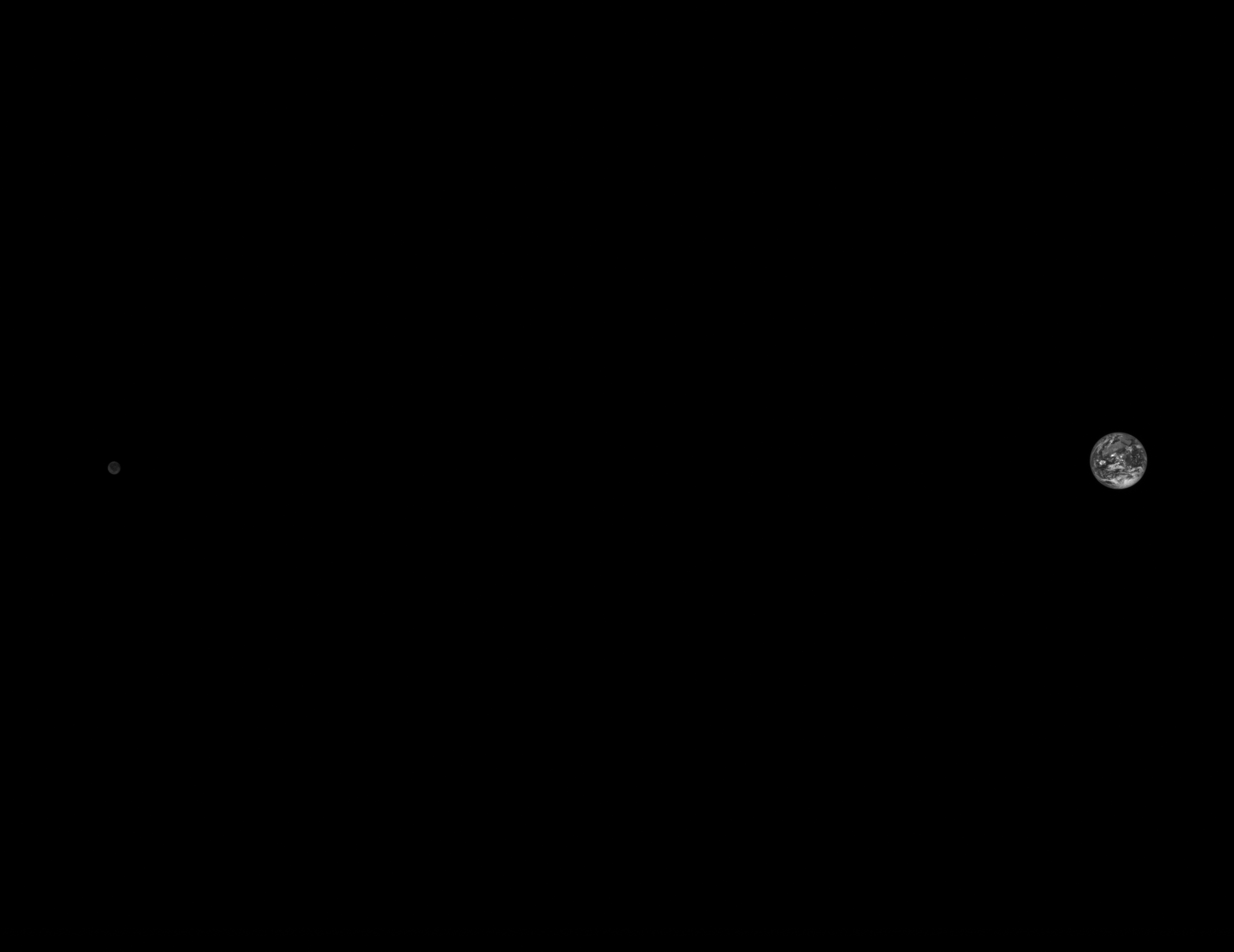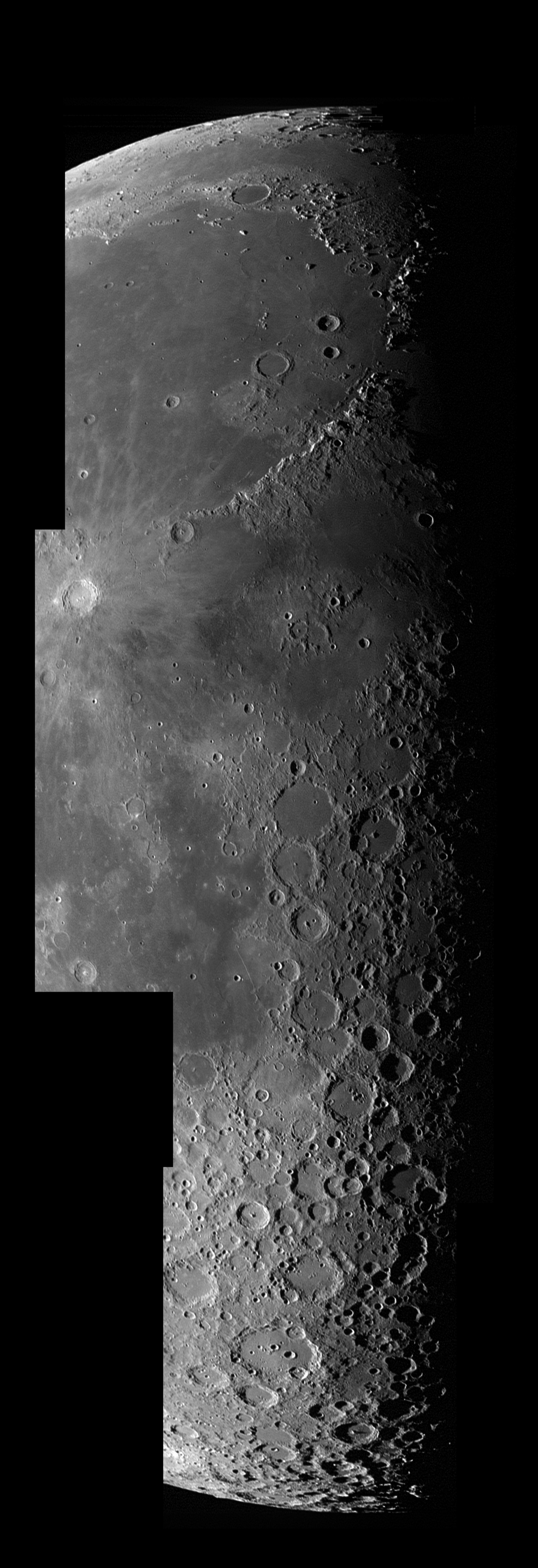Nasa’s Lucy mission snapped photos of the Earth and Moon on its way to Jupiter
Lucy skimmed Earth on its way to the asteroids near Jupiter, but Nasa didn’t let an opportunity to photograph our planet go to waste

Your support helps us to tell the story
From reproductive rights to climate change to Big Tech, The Independent is on the ground when the story is developing. Whether it's investigating the financials of Elon Musk's pro-Trump PAC or producing our latest documentary, 'The A Word', which shines a light on the American women fighting for reproductive rights, we know how important it is to parse out the facts from the messaging.
At such a critical moment in US history, we need reporters on the ground. Your donation allows us to keep sending journalists to speak to both sides of the story.
The Independent is trusted by Americans across the entire political spectrum. And unlike many other quality news outlets, we choose not to lock Americans out of our reporting and analysis with paywalls. We believe quality journalism should be available to everyone, paid for by those who can afford it.
Your support makes all the difference.Nasa’s Lucy mission flew past Earth on 16 October as part of its multi-year journey to visit the Jupiter Trojan asteroids, and it took some photos on home to accompany it on its long journey through deep space.
On Tuesday and Wednesday, Nasa released several images Lucy’s cameras took of both the Earth and Moon as it passed as close as 224 miles of Earth — lower than the orbit of the International Space Station. The opportunity provided operators a chance to calibrate the spacecraft’s cameras, and new views of home for humans stuck on Earth.
Lucy snapped the first of the two Earth images on 13 October while still 890,000 miles from our planet, providing a portrait of a small, marble-like Earth floating in the blackness of space.

The spacecraft took a second Earth image on 15 October, this time from 380,000 miles away, in which Hadar Ethiopia, in Africa, is clearly visible, according to a Nasa blog post. Hadar is the region where a 3.2-million-year-old fossilized skeleton of a female Australopithecus afarensis, a human ancestor, was discovered in 1974. Dubbed “Lucy,” the skeleton is Lucy the spacecraft’s namesake.
Lucy also trained its cameras on the Moon, grabbing more detailed images from lower altitude than the images published of its fly by Earth.
One stunning image shows the width of the Moon and the border between lunar day and night, and is a mosaic composed of five different exposures taken when Lucy was about 140,000 miles from the Moon. The bottom of the image highlights the heavily cratered lunar southern highlands, while the top highlights Mare Imbrium, an ancient impact basin that was once filled with lava.

Nasa also released a single image of Mare Imbrium, and another single image of the lunar central highlands, the latter taken when Lucy was about 160,000 miles from the Moon.
Launched on 16 October 2021, Lucy is Nasa’s first mission to the Jupiter Trojan asteroids, two swarms of space rocks that share the big planet’s orbit, but fly either 60 degrees ahead or behind the gas giant.
Lucy’s flyby was the first of three such maneuvers the spacecraft will use to get up to speed to visit the Jupiter Trojans. The spacecraft will perform another close buzz of our planet in 2024 before finally heading out into deep space. It will visit four asteroids in the leading swarm of Jupiter Trojans beginning in 2027, and flyby Earth again in 2031 to swing itself out to visit the trailing swarm of Jupiter Trojans in 2033.
Join our commenting forum
Join thought-provoking conversations, follow other Independent readers and see their replies
Comments